Governments, businesses, and individuals around the world are making significant strides towards...
Energy Milestones in 2023
The average cost of all energy sources increased in 2023 due to elevated logistics and financing costs. Despite those increases, however, levelized costs for utility-scale solar and onshore wind remain lower than most other sources.
During 2023, BNEF reports show numerous solar and wind projects were initiated across the globe, with more in the planning stages. This is attributed to the low cost for consumables. However, the issue of integration into the existing grid and the storage remain top concerns with less than satisfactory solutions available.
By 2026, BNEF predicts battery pack costs will fall below 11/kWh. Meanwhile, efforts continue to lower barriers to grid integration.
2024 and Beyond: Will Renewable Energy Continue to be Expensive?
WIND

- Equipment Cost in 2023: Wind power equipment and associated commodity prices continue to rise.
- Projection: By 2030, 224.07 GW are predicted across 47 states, while by 2050, 404.25 GW will be available across 48 states.
BloombergNEF released a report in October 2023 that shared expectations of construction of 5.8TW of solar and only 1.9TW of wind by 2030. The report notes the basis of these forecasts are:
- Current policy
- Economics
- Project pipelines
- Likely regulatory and infrastructure developments worldwide.
Barriers to access, grid infrastructure, and the current design of the power market are three main impediments to the growth of the wind industry currently. These are projected to continue to be issues that could impact the projected growth through 2030.
SOLAR
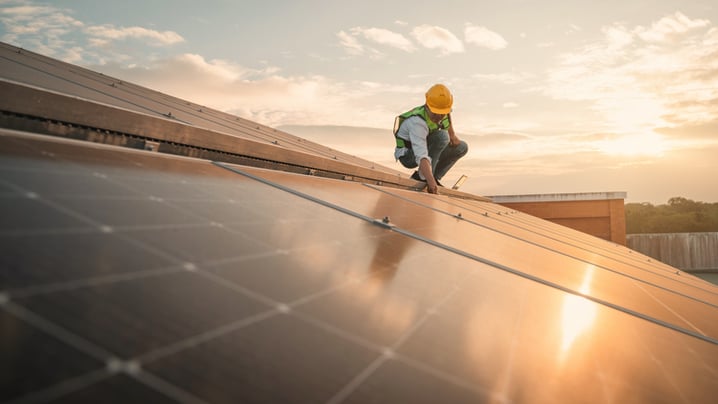
- Equipment Cost in 2023: Equipment and material costs for solar declined in 2023 after peaking in 2022.
- Projection: SEIA predicts that a record-breaking 32GW of solar energy could come online in the US alone in 2024. Meanwhile, 500 GW of new solar capacity will be installed over the next 10 years. This will be 4 times the amount installed through 2022. It is also predicted that by 2030, 15% of US homes will have a solar PV system installed.
According to the WEO, “renewables are set to contribute 80% of new power generation capacity to 2030 under current policy settings, with solar alone accounting for more than half of this expansion.”
SEIA’s “30% by 2030: A New Target for the Solar+ Decade,” notes that recent political adjustments have made the goal increase to 30% of all electricity generation in the US by 2030, rather than the 20% goal that was originally set. However, to reach this loftier goal, more than 800,000 workers will need to be added to the solar industry - with a more than $820 billion investment into the US economy.
BATTERY STORAGE
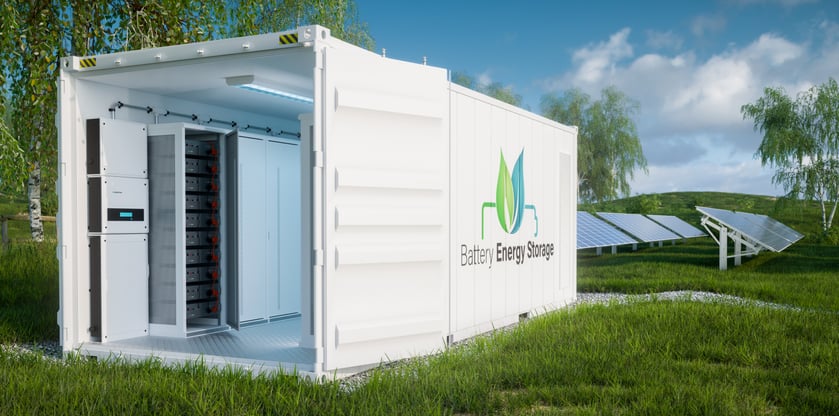
- Equipment Cost in 2023: NREL’s Cost Projections for Utility-Scale Battery Storage: 2023 Update shows that cost for mid and low-cost options began falling in 2020 and will continue to do so into 2060. Meanwhile, high-cost options continue on an upward trend from 2020 through 2025, with projections to begin dropping sharply into 2030 and beyond.
- Projection: Energy storage is expected to grow at all levels from residential to smaller microgrids and even at the utility level. The prediction is that energy storage installations will surpass 400 GWh a year in 2030, which would be 10 times more than the current annual installation capacity.
Li-Bridge*, a project created in 2022 with the intention to strategize on the establishment of a robust and sustainable supply chain for lithium battery technology in North America, predicts that by 2030, the United States has the potential to capture 60% of the economic value consumed by U.S. domestic demand for lithium batteries. This could mean up to $17 billion in value-added and 40,000 direct jobs created.
Li-Bridge notes that the top three challenges facing the lithium battery industry in the U.S. are:
- A historical lack of return on investment for long-term projects: Projects typically require high initial investment in R&D, equipment, and project construction. This is coupled with both lengthy and expensive periods for qualification and scale-up. While eventually the projects can be cash-flow positive, this result is so far down the road that investors prefer to look elsewhere.
- Uncertain timelines: This can be due to the issues obtaining permits, the bureaucratic process related to any projects in this industry and also the prolific community resistance to the development of lithium battery production facilities.
- Lack of access to necessary minerals: The report notes a high level of concern when it comes to mineral availability in the near future. In fact, “Several Li-Bridge participants anticipate a worldwide shortfall in supplies of critical minerals and energy materials within a four-to-twelve-year time frame (before new foreign and domestic sources of supply can be brought online). The governments of other countries have been actively supporting efforts by their private companies to tie up available sources of supply internationally, outcompeting U.S. firms.”
Meanwhile, NREL projects that battery storage costs and expansion are difficult to predict, based on current costs and limitations. However, optimistic estimates show a potential of decline in costs by 2025 of up to 3%. By 2050, that number will grow to 67% in cost reduction and 49% in capital cost reduction.
The rapid evolution that is currently in effect has made the projections for the long-term difficult to maintain. Regulations and industry advancements make projections fluctuate accordingly.
[Pro Tip: Western NY is primed to be a crucial part of the growth of the battery storage industry. Check out our resource for more information: Improve Supply Chain Accessibility | Database Creation.]
*NY-BEST was one of the partners involved in the development of this report.
Retool WNY has the Resources to Help
Now is the time to be having conversations on renewable energy and the various supply chains necessary to facilitate the projected growth over the next few years. In order to have a solid plan in place, resources are needed. Retool WNY can direct you to some of the best resources for manufacturers in the area.
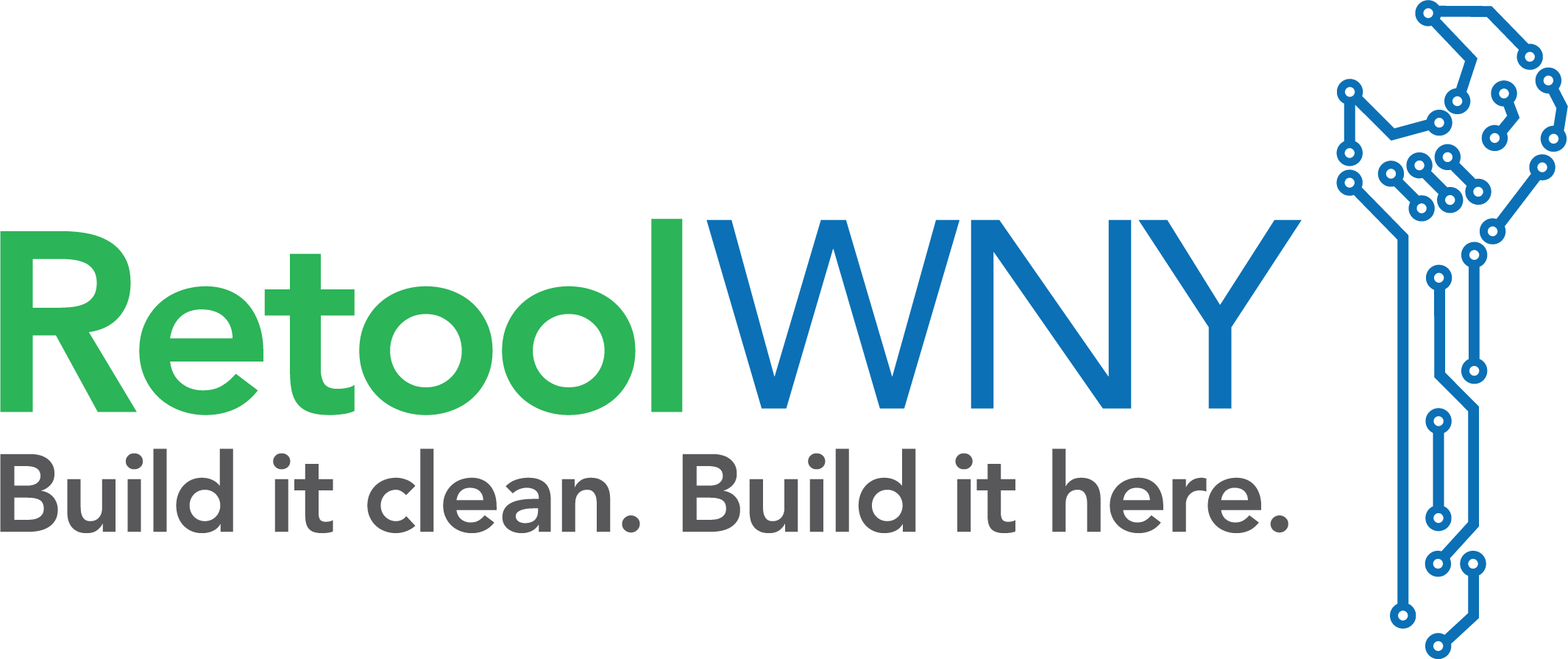



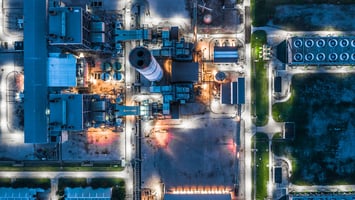

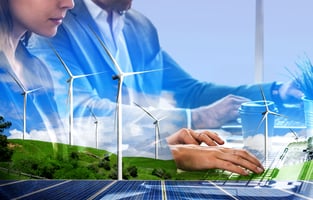
Blog comments